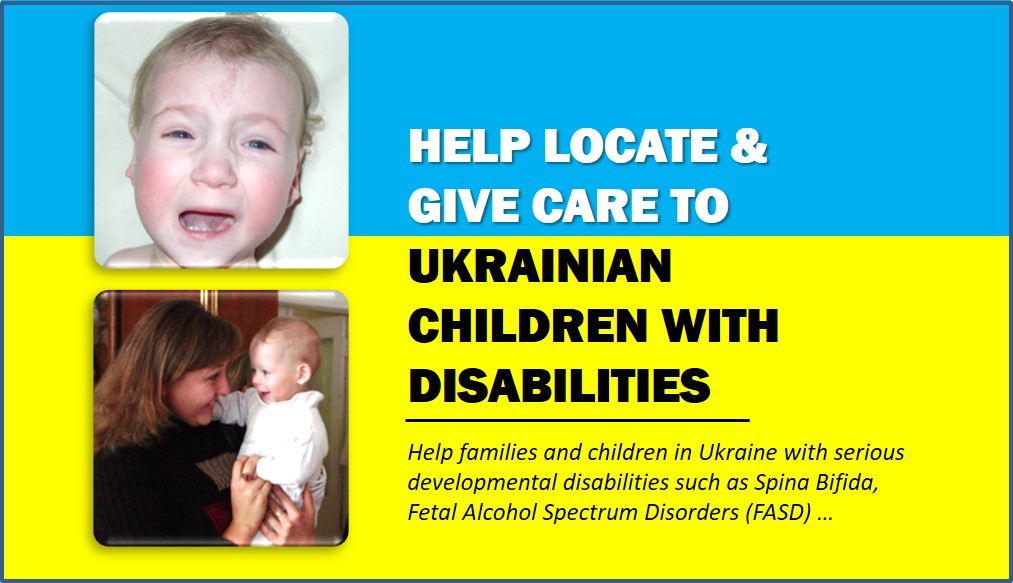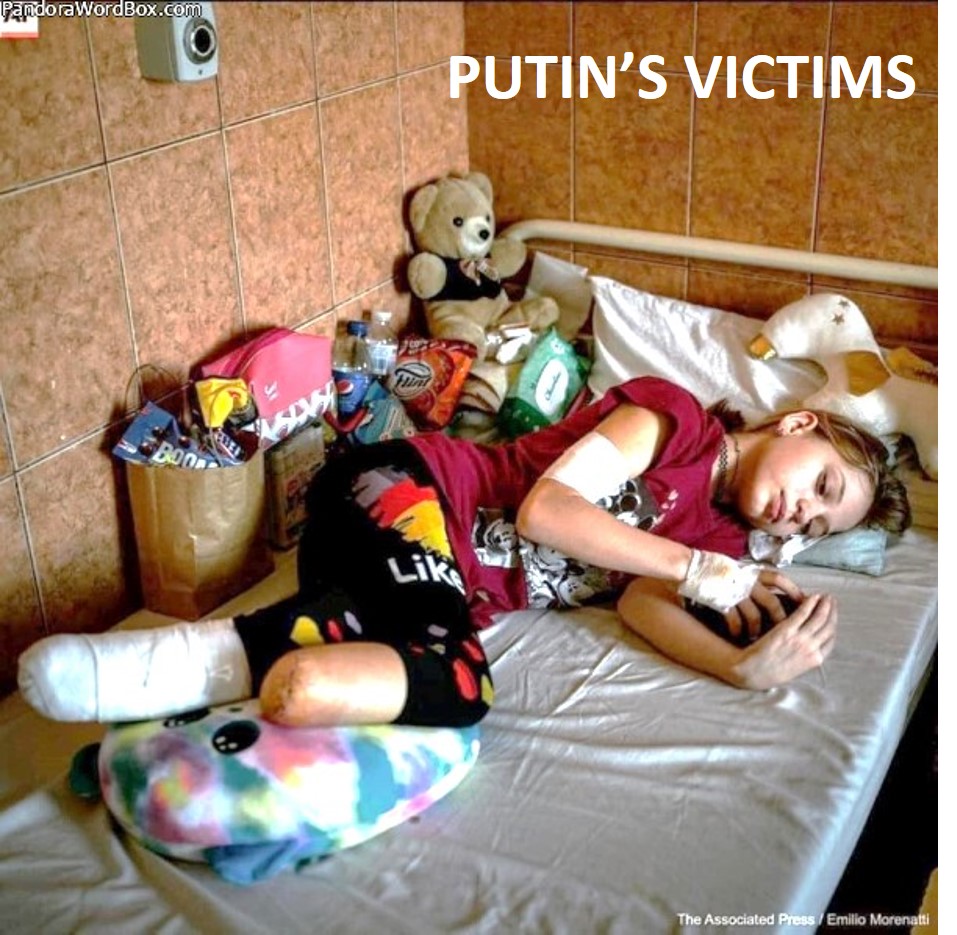VELOCARDIOFACIAL SYNDROME
 [for Professionals mainly] [for Professionals mainly]
Alternative titles; symbols
VCF SYNDROME
SHPRINTZEN VCF SYNDROME
Gene Map Locus: 22q11
Shprintzen et al. (1981) reported on 39 patients with a syndrome characterized
by the following frequent features: cleft palate, cardiac anomalies, typical
facies, and learning disabilities. Less frequent features included microcephaly,
mental retardation, short stature, slender hands and digits, minor auricular
anomalies, and inguinal hernia. The Pierre Robin syndrome was present in 4. The
heart malformation was most often ventricular septal defect …
Goldberg et al. (1993) reviewed the full spectrum of the velocardiofacial
syndrome on the basis of 120 patients. Learning disability, cleft palate, and
pharyngeal hypotonia were present in 90% or more of the patients; cardiac
anomalies in 82%; slender hands and digits in 63%; medial displacement of
internal carotid arteries in 25%; umbilical hernia in 23%; and hypospadias in
10% of males. Shprintzen et al. (1992) pointed out that psychotic illness is
also a feature of VCFS in adolescents or adults …
The large clinical overlap between DiGeorge syndrome and velocardiofacial
syndrome suggested an etiologic connection. DiGeorge syndrome is associated with
microdeletions of chromosome 22q11 and is thought to be caused by reduced dosage
of genes within this region, i.e., monosomy …
Nickel et al. (1994) reported 3 patients with meningomyelocele, congenital heart
defects and 22q11 … Two of the children had the clinical diagnosis of VCFS; both
also had bifid uvula. The third child had DiGeorge sequence.
DIGEORGE SYNDROME
 [for Professionals mainly] [for Professionals mainly]
Alternative titles; symbols
HYPOPLASIA OF THYMUS AND PARATHYROIDS
THIRD AND FOURTH PHARYNGEAL POUCH SYNDROME
SHPRINTZEN VCF SYNDROME
TAKAO VCF SYNDROME
CONOTRUNCAL ANOMALY FACE SYNDROME
CATCH22, INCLUDED
Gene Map Locus: 22q11
... DiGeorge syndrome (DGS) comprises hypocalcemia arising from parathyroid
hypoplasia, thymic hypoplasia, and outflow tract defects of the heart … Most
cases result from a deletion of chromosome 22q11.2 … This deletion may present
with a variety of phenotypes: Shprintzen syndrome (192430); conotruncal anomaly
face (or Takao syndrome); and isolated outflow tract defects of the heart
including tetralogy of Fallot, truncus arteriosus, and interrupted aortic arch.
A collective acronym CATCH22 has been proposed for these differing presentations
…
DiGeorge syndrome overlaps … Disorder described by the Japanese as "conotruncal
anomaly face syndrome" … "68% of Shprintzen syndrome patients … have been
recognized to have deletions of 22q11" … The term DiGeorge syndrome be reserved
for those with neonatal presentation, particularly with thymic hypoplasia and
hypocalcemia, and that the designation VCFS be used for … CATCH22 and … Acronym
be taken to represent cardiac abnormality, T cell deficit, clefting, and
hypocalcemia.
... DiGeorge syndrome is characterized by neonatal hypocalcemia, which may
present as tetany or seizures, due to hypoplasia of the parathyroid glands, and
susceptibility to infection due to a deficit of T cells. The immune deficit is
caused by hypoplasia or aplasia of the thymus gland. A variety of cardiac
malformations are seen in particular affecting the outflow tract. These include
tetralogy of Fallot, type B interrupted aortic arch, truncus arteriosus, right
aortic arch and aberrant right subclavian artery. In infancy, micrognathia may
be present. The ears are typically low set and deficient in the vertical
diameter with abnormal folding of the pinna. Telecanthus with short palpebral
fissures is seen. Both upward and downward slanting eyes have been described.
The philtrum is short and the mouth relatively small. In the older child the
features overlap Shprintzen syndrome (velocardiofacial syndrome) with a rather
bulbous nose and square nasal tip and hypernasal speech associated with
submucous or overt palatal clefting. Cases presenting later tend to have a
milder spectrum of cardiac defect with ventricular septal defect being common.
Short stature and variable mild to moderate learning difficulties are common. A
variety of psychiatric disorders have been described in a small proportion of
adult cases of velocardiofacial syndrome. These have included paranoid
schizophrenia and major depressive illness. Clinical features seen more rarely
include hypothyroidism, cleft lip, and deafness.
Goodship et al. (1995) described monozygotic twin brothers with precisely the
same 22q11.2 deletion but somewhat discordant clinical phenotype …
DiGeorge syndrome is usually sporadic and results from de novo 22 deletion …
Other chromosome defects have been identified … There was 1 case of DGS with
del10p13 and one with a 18q21.33 deletion … deletion of 4q21.3 - q25 associated
with interrupted aortic arch, VSD, ASD, and PDA; T cell deficit and a small
thymus at surgery …
The association of the DiGeorge syndrome with at least 2 and possibly more
chromosomal locations suggests strongly that several genes are involved in
control of migration of neural crest cells and their subsequent fixation and
differentiation at different sites …
CLINICAL MANAGEMENT
Calcium supplements and 1,25 - cholecalciferol may be needed to treat
hypocalcemia. Thymic transplantation has been employed though this is difficult
to assess since children tend to improve with age …
HISTORY
The original description of the syndrome was derived from a published discussion
at an immunology meeting (Cooper et al., 1965). DiGeorge (1968) published a
formal report 3 years later. The report by Strong (1968) predated this formal
report and probably represents the same variable disorder. Kimura (1977)
reported velopharyngeal deficiency in a series of patients without cleft palate.
The Japanese language report by Kinouchi et al. (1976) and the English reports,
by Takao et al. (1980) and Shimizu et al. (1984), delineated the syndrome in the
Japanese population. The acronym CATCH22 derives from the phrase Catch 22, which
was used by Joseph Heller as the title of his book (Heller, 1962).
22q11 Deletion Syndrome
Donna M. McDonald - McGinn, MS, CGC, et al., GENEClinics, December 16, 2005
 [for Professionals mainly] [for Professionals mainly]
[del 22q11, Shprintzen Syndrome, DiGeorge Syndrome, ( DGS ) Velocardiofacial
Syndrome ( VCFS )], ( CAFS ), ( CHARGE Association PITZG / BBB)
Individuals with 22q11 deletion syndrome ( del 22q11 ) have a range of findings,
including congenital heart disease ( 74% of patients ), particularly conotruncal
malformations ( tetralogy of Fallot, interrupted aortic arch, and truncus
arteriosus ); palatal abnormalities (69%), particularly velopharyngeal
incompetence ( VPI ), submucosal cleft palate, and cleft palate; characteristic
facial features ( present in the majority of individuals ); and learning
difficulties (70 - 90%). Hypocalcemia and immune deficiency are typical but less
common … Del 22q11 is inherited as a deletion syndrome. About 94% of probands
have a de novo deletion of 22q11 and 6% have inherited the 22q11 deletion from a
parent …
Clinical Diagnosis
… Suspected in patients with a range of findings that may include some
combination of the following: congenital heart disease ( particularly
conotruncal malformations ), palatal abnormalities [ especially velopharyngeal
insufficiency ( VPI ) ], hypocalcemia, immune deficiency, learning difficulties,
and, at times, characteristic facial features …
Congenital heart disease was present in 74% of patients …
Cardiac Findings in 222 patients with Del 22q11
Tetralogy of Fallot ( TOF ) 22%, Interrupted aortic arch ( IAA ) 15%,
Ventricular septal defect ( VSD ) 13% … Normal 26% …
Sixty-nine percent of patients had a definitive palatal abnormality ( Table 3 ).
Of the 27% with confirmed VPI, several patients were initially diagnosed with
del 22q11 …
Palatal findings in 181 patients with del 22q11
Velopharyngeal incompetence ( VPI ) 27%, Submucosal cleft palate ( SMCP ) 16%,
Overt cleft palate 11%, Bifid uvula 5% … Normal 17% …
Parathyroid function.
Forty-nine percent of 158 patients had confirmed hypocalcemia …
Craniofacial
… Hypoplastic alae nasae leading to the appearance of a bulbous nasal tip …
Eyes
… Hooding of the upper lid ( 41% ), ptosis ( 9% ) …
Growth
… 41% were below the 5th percentile in height …
Musculoskeletal system.
Polyarticular juvenile rheumatoid arthritis ( JRA ) occurs in children with del
22q11 at a frequency 150 times that of the general population rate … 19% had
vertebral anomalies including butterfly vertebrae, hemivertebrae, and coronal
clefts …
Kidneys
… Renal ultrasonography … revealed renal or GU abnormalities in 37% … If the
parents of an individual with del 22q11 have normal FISH studies, the recurrence
risk is quite small …
Velo - Cardio - Facial Syndrome
Educational Foundation, Inc. (USA)
Robert J. Shprintzen, Ph.D., VCFS Educational Foundation
 [Support Groups] [Support Groups]
… The Velo - Cardio - Facial Syndrome (VCFS) Educational Foundation … is an
international not - for - profit, self - help organization dedicated to
providing support and information to individuals who are affected by Velo -
Cardio - Facial syndrome, their families, physicians sand other practitioners.
The Foundation is independent of - and not affiliated with - any particular
institution … You may also contact the Executive Director, Dr. Shprintzen,
directly.
VCFS Educational
Foundation Specialist Fact Sheet
VCFS Education Foundation Fact Sheet
 [for Professionals mainly] [for Professionals mainly]
… Also known as Shprintzen Syndrome, and sometimes presenting as the DiGeorge
Sequence, is known to be caused by a deletion of a small segment of the long arm
of chromosome 22 …
DIGEORGE CRITICAL REGION GENE
 [for Professionals mainly] [for Professionals mainly]
Gene Map Locus: 22q11.2
… found in a daughter and her mother with DiGeorge syndrome / velocardiofacial
syndrome phenotypes …
DIGEORGE SYNDROME/VELOCARDIOFACIAL SYNDROME SPECTRUM OF MALFORMATION 2
 [for Professionals mainly] [for Professionals mainly]
Gene Map Locus: 10p14-p13
VCFS / DiGeorge Family Support Network of
Washington
VCFS/DiGeorge Family Support Network of Washington
 [Support Groups] [Support Groups]
VELO - CARDIO - FACIAL SYNDROME
Dr. Tony Lipson, Velo Cardio Facial Syndrome Foundation (Qld) Inc., 2006
 [Support Groups] [Support Groups]
PARENT & FAMILY INFORMATION BOOKLET
Trisomy 22 mosaicism syndrome and Ullrich - Turner stigmata.
Wertelecki W et al. Am J Med Genet 1986 Mar; 23(3):739-49
Mosaic trisomy 22, ascertained in three unrelated patients, was found to be
associated with body asymmetry and signs of the Ullrich - Turner syndrome
including short stature, ptosis, webbed neck, nevi, cubitus valgus, dysplastic
nails, malformed great vessels, and abnormal ovaries ... Trisomy 22 mosaicism
was found only in fibroblasts ... Both chromosomes 22 were of paternal origin
#115470 CAT
EYE SYNDROME; CES
Alternative titles; symbols
SCHMID-FRACCARO SYNDROME
CHROMOSOME 22 PARTIAL TETRASOMY
INV DUP ( 22 )( q11 )
Gene Map Locus: 22q11
The variability of clinical features, particularly congenital malformations, is
enormous (see Schachenmann et al., 1965, Schinzel et al., 1981, and Schinzel,
1994). Within a single family, a wide spectrum of features can be observed,
ranging from marginally affected individuals in whom, unless other members are
affected, no chromosome examination would be performed, to those with the full
pattern of malformations and lethal outcome ... The characteristic cat eye syndrome ( CES ) is a combination of coloboma of the
iris and anal atresia with fistula, downslanting palpebral fissures,
preauricular tags and/or pits, frequent occurrence of heart and renal
malformations, and near-normal mental development. A small, supernumerary
chromosome ( smaller than chromosome 21 ) is present, has 2 centromeres, is
bisatellited, and represents an inv dup( 22 )( q11 ) ... Growth
Mostly normal
Preauricular malformations, ear reduction
Coloboma, microphthalmia, rarely other malformations
CHD, especially TAPVR and TOF
Anal atresia with fistula rarely malrotation, Meckel diverticulum, biliary
atresia
Renal malformations
Genetics :
Additional inv dup(22)(q11) chromosome
Clinical sign of : Cat - eye syndrome
ORPHA net,
Preauricular pits
Preauricular tags
Chromosomal anomalie
Imperforate anus/anal stenosis
Hypotonia
Abnormal rib
Hypertelorism
Dislocated hip
Coloboma of iris
Lower jaw anomalies
Discarded Thymus Tissue Provides Life For Infants With DiGeorge Syndrome
Duke University Medical Center, October 15, 1999
Using thymus tissue that is normally thrown away after pediatric heart surgery,
physicians at Duke University Medical Center have created a new T cell immune
system for two children who would have otherwise died ...
VCFSEF Quarterly Newsletters
VCFS/DiGeorge Family Support Network of Washington
HYPERTELORISM WITH ESOPHAGEAL ABNORMALITY AND HYPOSPADIAS
... G SYNDROME ... OPITZ-FRIAS SYNDROME ... BBB SYNDROME ... variously named
the G, Opitz-G, or BBB syndrome, includes hypertelorism or telecanthus;
laryngotracheoesophageal cleft; clefts of lip, palate, and uvula; swallowing
difficulty and hoarse cry; genitourinary defects, especially hypospadias in
males and splayed labia majora in females; mental retardation; and congenital
heart defects. ... G syndrome and the BBB syndrome ... are the same entity ...
Signe clinique de : Cat - eye syndrome
ORPHA net
 [French] [French]
fistules preauriculaires
appendices preauriculaires
trisomie ou monosomie totale/partielle
imperforation anale/fistule recto-vagin.
hypotonie
iris colobome
22Q11.2 Microdeletion Syndrome
I.B.I.S. Birth Defects, 2005
 [Ukrainian] [Ukrainian]
Ukrainian Ministry of Health and Kyiv Medical Academy of Post Diploma Education
recommendations for specialists in Ukrainian
Definition ... Clinical features ... Diagnosis ... Treatment ... Medical genetic
counselling
CATCH Syndrome
I.B.I.S. Birth Defects, 2002
 [Ukrainian] [Ukrainian]
Fact sheet for specialists in Ukrainian
Definition ... Clinical features and diagnosis ... Prenatal diagnosis ...
Etiology ... Differential diagnosis ... Patient examination and treatment ...
Prevention ... OMIM number
Cat eye syndrome
I.B.I.S. Birth Defects, September 5, 2003
 [Ukrainian] [Ukrainian]
A fact sheet for specialists in Ukrainian
Syndrome features ... Anomalies ... Etiology ... Diagnosis ... OMIM number ...
DiGeorge syndrome
I.B.I.S. Birth Defects, 2002
 [Ukrainian] [Ukrainian]
A fact sheet for specialists in Ukrainian
Synonyms ... Main diagnostic criteria ... Prevalence ... Clinical features ...
Associated anomalies ... Differential diagnosis ... Etiology ... Prognosis ...
Treatment ... OMIM number ...
________________________________________________________________________________________________
Last Updated: 2023/08/02
________________________________________________________________________________________________
|


 [for Professionals mainly]
[for Professionals mainly]




